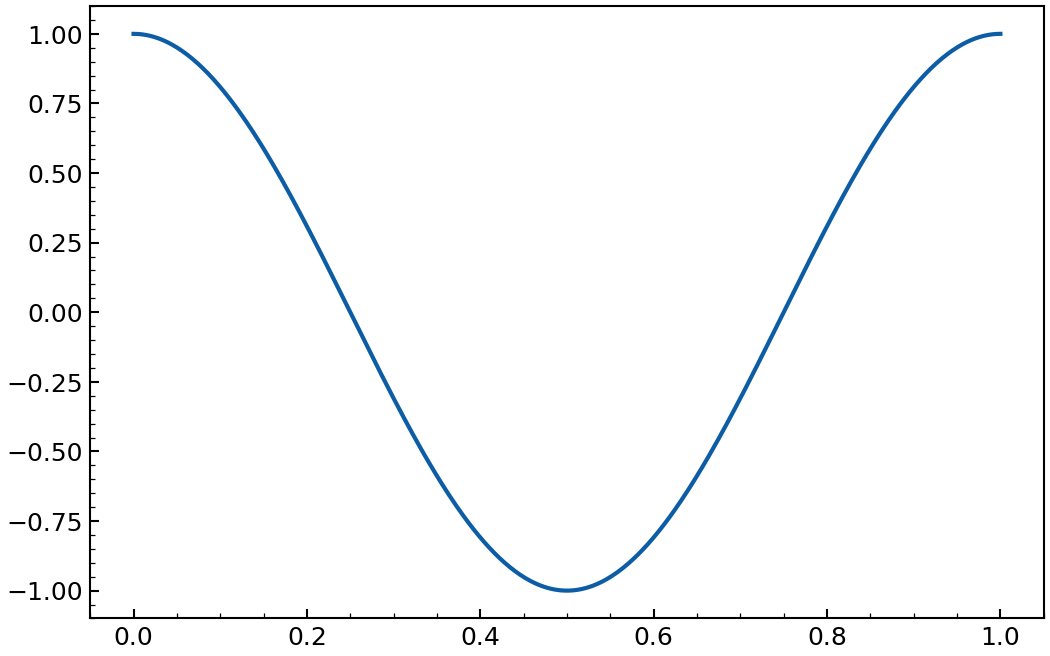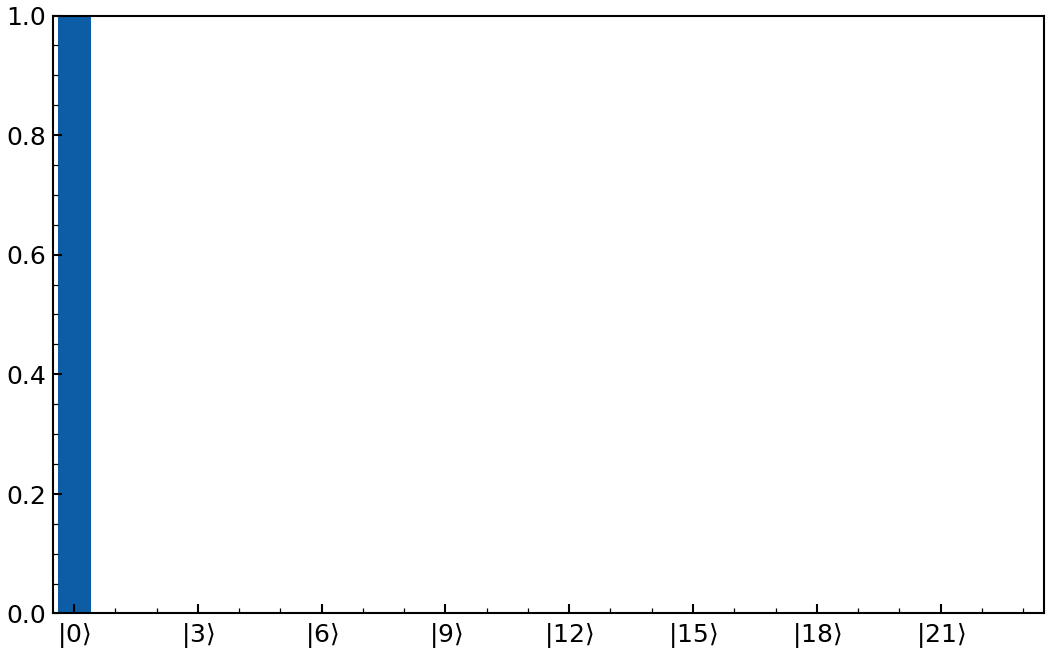dq.plot.gifit
gifit(plot_function: callable[[T, ...], None]) -> callable[[Sequence[T], ...], Image]
Transform a plot function into a new function that returns an animated GIF.
This function takes a plot function that normally operates on a single input and returns a new function that creates a GIF from a sequence of inputs. The new function accepts two extra keyword arguments:
- gif_duration (float) -- GIF duration in seconds.
- fps (int) -- GIF frames per seconds.
The new function returns an object of type IPython.core.display.Image,
which automatically displays the GIF in Jupyter notebook environments (when the
Image object is the last expression in a cell).
Save GIF to a file
The returned GIF can be saved to a file with:
with open('/path/to/file.gif').open('wb') as f:
f.write(gif.data)
Parameters
-
plot_function
–
Plot function which must take as first positional argument the input that will be sequenced over by the new function. It must create a matplotlib
Figureobject and not close it.
Returns
A new function with the same signature as plot_function which accepts a
sequence of inputs and returns a GIF by applying the original
plot_function to each element in the sequence.
Examples
>>> def plot_cos(phi):
... x = np.linspace(0, 1.0, 501)
... y = np.cos(2 * np.pi * x + phi)
... plt.figure(constrained_layout=True)
... plt.plot(x, y)
>>> phis = np.linspace(0, 2 * np.pi, 101)
>>> gif = dq.plot.gifit(plot_cos)(phis, fps=25)
>>> gif
<IPython.core.display.Image object>
>>> alphas = jnp.linspace(0.0, 3.0, 51)
>>> states = dq.coherent(24, alphas)
>>> gif = dq.plot.gifit(dq.plot.fock)(states, fps=25)

